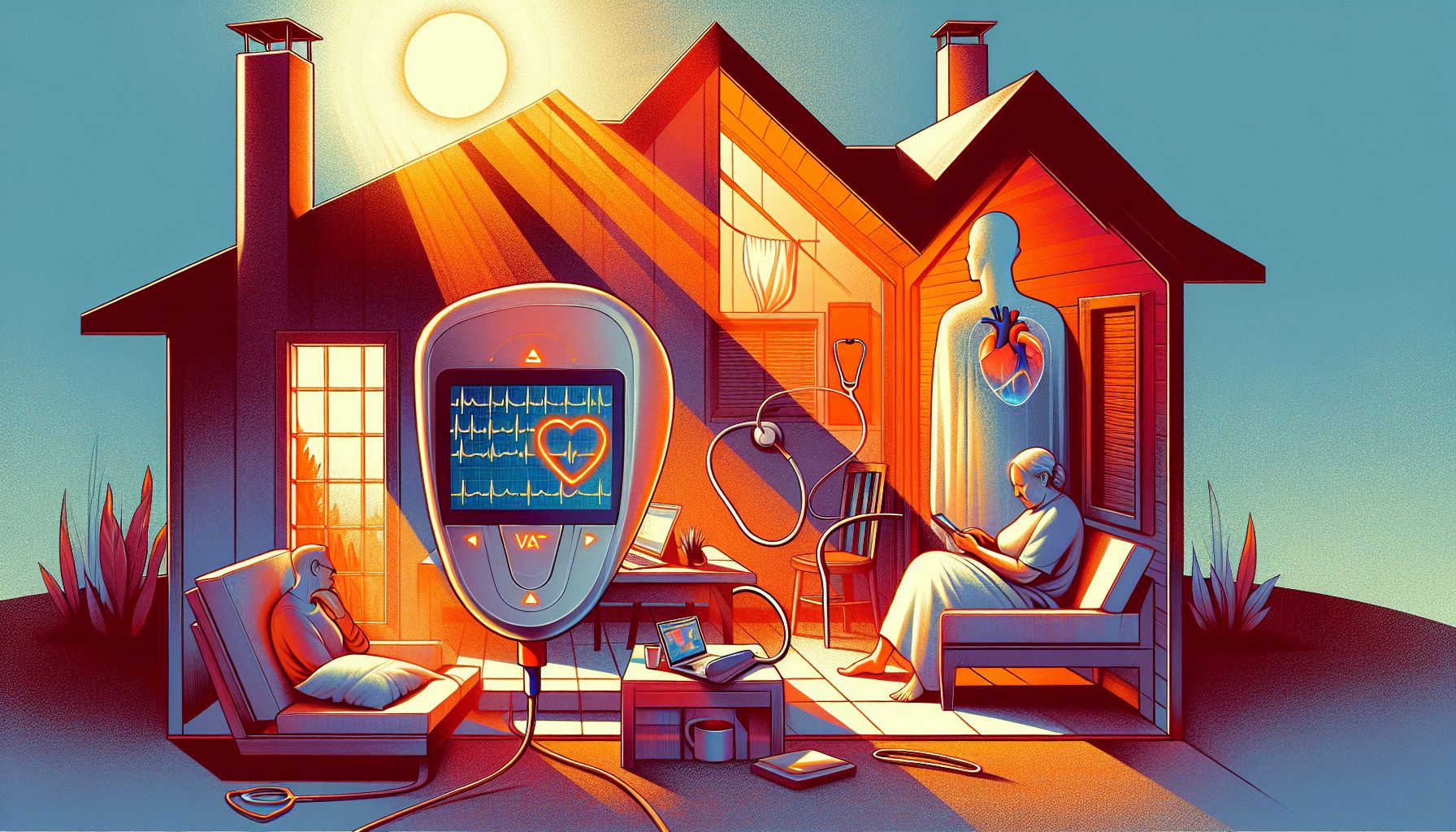Smart Sensor Technology Promises Fewer Hospital Readmissions for Heart Failure Patients

Eindhoven, Friday, 27 September 2024.
TU/e researchers have developed innovative smart sensor technology aimed at reducing hospital readmissions for heart failure patients. The kinocardiograph device, which uses sensors to measure heart vibrations, shows promise in early detection of deterioration, potentially revolutionizing home monitoring and improving patient outcomes.
Introduction to the Innovation
This breakthrough technology falls under the realm of HealthTech, a sector focusing on the integration of advanced technology with healthcare to improve patient outcomes. Developed by the Eindhoven University of Technology (TU/e), this smart sensor technology is specifically designed to address the challenges faced by heart failure patients, who often require frequent hospital visits and readmissions. By enabling early detection of health deterioration, the technology aims to reduce hospital readmissions and enhance the quality of life for patients.
The Mechanics Behind Kinocardiograph
The kinocardiograph is a novel device that uses sensors placed on the chest and lower back to measure heart vibrations and detect changes in heart activity. Unlike commercially available wearable devices, which often fall short in accuracy for heart patients, the kinocardiograph excels in its precision. It can detect changes in heart function even during mild exertion and measure differences in fluid retention—a critical factor in managing heart failure. This allows healthcare providers to intervene early and prevent serious complications, thus reducing the need for hospital readmissions.
Benefits for Patients and Healthcare Providers
The primary benefit of this technology is its potential to enable patients to monitor their heart health from the comfort of their homes. This reduces the frequency of hospital visits, thereby lowering the burden on both patients and healthcare systems. Additionally, the technology offers healthcare providers the ability to treat patients more accurately and efficiently. By providing real-time data on a patient’s condition, healthcare providers can make informed decisions and take prompt action to prevent health deterioration.
Research and Development
The development of this technology was spearheaded by Cyrille Herkert, who defended her PhD thesis at the Department of Industrial Design, TU/e, on September 24, 2024. Her research, conducted at Máxima Medisch Centrum and TU Eindhoven, focused on telemonitoring as a means to remotely monitor patients with heart failure. This telemonitoring involves patients measuring their vital signs at home, such as blood pressure and heart rate, and sending this data digitally to healthcare providers for timely intervention.
Collaborative Efforts
Her research was conducted as part of the Eindhoven MedTech Innovation Center (e/MTIC), a collaborative effort between TU/e, Catharina Hospital, Máxima Medisch Centrum, Kempenhaeghe, and Philips. This partnership aims to drive forward innovations in medical technology to improve patient care. The kinocardiograph is one such innovation that exemplifies the potential of collaborative research in HealthTech.
Future Implications and Conclusion
The successful implementation of the kinocardiograph could mark a significant shift in how heart failure patients are monitored and treated. By enabling early detection of health deterioration, this technology has the potential to significantly reduce hospital readmissions and improve patient outcomes. As healthcare providers continue to adopt and refine this technology, it is expected to become a cornerstone of personalized, digital care for cardiac patients.

